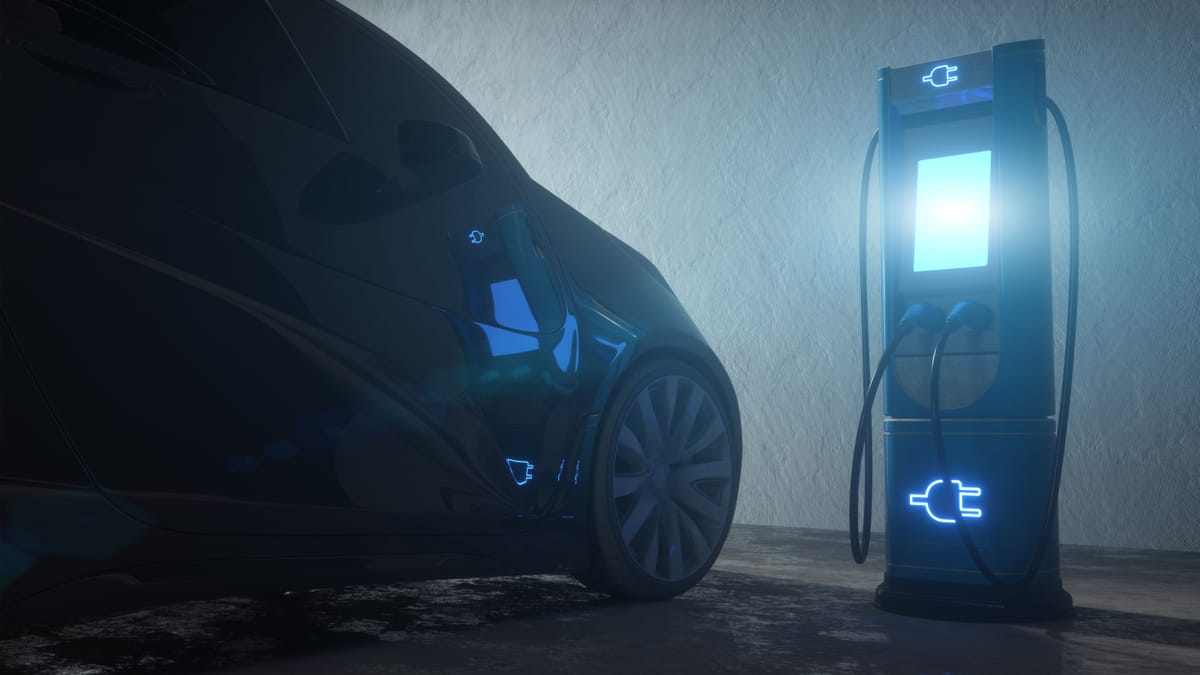Electric Vehicles in Kenya: Are We Ready for the Change?

Across the globe, countries are increasingly turning their attention towards electric vehicles (EVs) as a champion for achieving clean energy and combating the prevalent challenges of climate change. Kenya is one of them.
The country’s energy sector has long been a regional leader, with over 80% of its electricity coming from renewables like geothermal, wind, and solar. Ironically, when it comes to the transport sector, which contributes to about 13% of the country’s emissions, the hum of petrol engines still dominates.
This is not surprising because, by early March 2023, the country was home to approximately 2 million cars and 1.4 million two-wheelers with Nairobi County leading with the highest share. During the same year, petroleum products were the main imports amounting to about Ksh606 billion.
Kenya’s overdependence on petrol for its transport sector begs the question: is the country ready for the EV shift?
Current Landscape
Recent data from the Energy and Petroleum Regulatory Authority (EPRA) indicate that by the end of 2023, Kenya had registered a total of 3,753 EVs, a five-times increase from the number registered in 2022.
This dramatic increase has been fuelled by a range of factors including increasing government incentives, growing public awareness, and the entry of new players into the market. Several pioneering businesses are currently involved in promoting and developing EV technology and infrastructure in the country.
BasiGo, for instance, is leading the charge with its focus on electric buses for public transportation. Roam Electric also designs and develops electric motorcycles and buses specifically for the African market. Additionally, there’s a growing emphasis on local assembly of electric vehicles, which is being supported by government policies and incentives.
In March 2024, Kenya launched the National E-Mobility Policy meant to create an enabling environment for the growth and adoption of EVs across the country. The policy provided a framework for the transition from conventional internal combustion engine vehicles.
To financially encourage the adoption of the vehicles, it introduced several tax incentives including a reduction in the excise duty on electric vehicles from 20% to 10% and the exemption of fully electric cars from value-added tax (VAT). By lowering the tax burden, the government wanted to ensure that EVs are more competitive than their petrol and diesel counterparts.
Although there are talks about provisions for discounts and incentives specifically for electric vehicles, the adoption of electric vehicles in Kenya has been slow. The National Energy Efficiency and Conservation Strategy set an ambitious target that by 2025, all the newly registered vehicles in Kenya should be EVs.
We are far from achieving this plan. A mix of high import taxes and limited charging infrastructure keeps prices out of reach for most. A new Tesla Model 3, for instance, costs upwards of Ksh10 million—over double its price in Europe.
Charging Infrastructure and Grid Support
The readiness for a shift to electric vehicles is heavily dependent on the availability and accessibility of charging infrastructure. Currently, the electric vehicle charging network in Kenya is primarily concentrated in major urban centres, with Nairobi having the most charging stations.
For EV adoption to grow, this network must expand beyond cities and along major highways like the Nairobi-Mombasa corridor. It’s a good thing then that companies such as EVChaja, Roam Electric and BasiGo have and are deploying more charging stations, not just in Nairobi but along major highways in Kenya.
Kenya Power and Lighting Company (KPLC), which has a few free public charging stations in Nairobi, is looking to further the investment and expand the charging stations in Kenya. The government is also actively involved, having announced its commitment to building 1,000 EV charging stations in the country. Of course, this is contingent on the capacity and reliability of the national electricity grid.
The country’s grid capacity, based on various sources, lies between 3,321 MW to 3,713.4 MW. This capacity comfortably exceeds the peak electricity demand, which has been recorded between 1,860 MW and 2,177 MW. This suggests that the grid has the potential to absorb the additional load from electric vehicle charging, especially if EV stations are strategically managed to occur during off-peak hours when demand is lower.
Another advantage is the fact that most of Kenya's electricity comes from renewable sources. Nevertheless, there are concerns about its reliability given that renewable energy sources are affected by weather patterns. There’s more work that needs to be done here to build consumers’ confidence in EVs.
Affordability vs. Long-Term Savings
Kenya’s middle class is growing, but car ownership is still low. For EVs to compete, prices must drop. A standard EV can cost about USD38,000 (approximately Ksh5 million). This price premium remains a major financial hurdle for many potential car buyers.
Also, the excise duty on EVs might be low, but the import duties, currently at 25%, still apply. For charging infrastructure and vehicles, this adds to the initial cost, suggesting that further reductions or incentives in import taxes are necessary to improve affordability. This is especially important in a market where affordability is a primary concern for most consumers. The higher upfront cost of EVs is a deterrent, particularly when more budget-friendly options, including used cars, are readily available.
Still, EVs offer savings over time. Charging costs are 30-50% lower than fuel expenses, and electric engines require less maintenance. For boda boda riders, switching to electric bikes can double daily profits. The math works—if the initial cost is manageable.
The good thing is that public awareness and understanding of electric vehicles are steadily increasing in the country. However, the perception ranges from enthusiastic early adopters and environmentally conscious individuals who are eager to embrace the technology, to more pragmatic consumers who prioritise reliability and affordability and may adopt a "wait-and-see" approach.
So, Are We Ready or Not?
Well, there’s still a lot that needs to be done. Among the developing nations, Kenya’s progress is encouraging. A combination of the right policies and lowering taxes for the importation of EVs will go a long way in charting a positive course towards the shift.
A country like Ethiopia, for instance, has taken a bold step by banning the import of combustion engine vehicles, while Rwanda is recognised for its early policy leadership and the provision of tax breaks for EVs. Tanzania is experiencing growth in its EV market, particularly in the two and three-wheeler segment, and Uganda has seen the establishment of electric vehicle assembly plants.
While overall adoption numbers are still relatively low across the region, Kenya's policy framework and the level of entrepreneurial activity in its EV sector position it favourably for future growth compared to the other countries in East Africa.
If the country utilizes its abundant renewable energy resources and attracts further investment in the sector, if it addresses the existing challenges like the upfront costs for EV purchases, if it continues to improve and enhance the national grid for consistency and reliability, then we can say we are on our way to fully adopting EVs across the different transport and logistics sectors.




